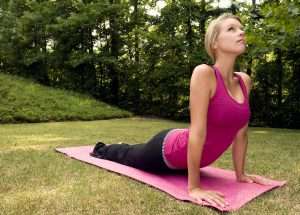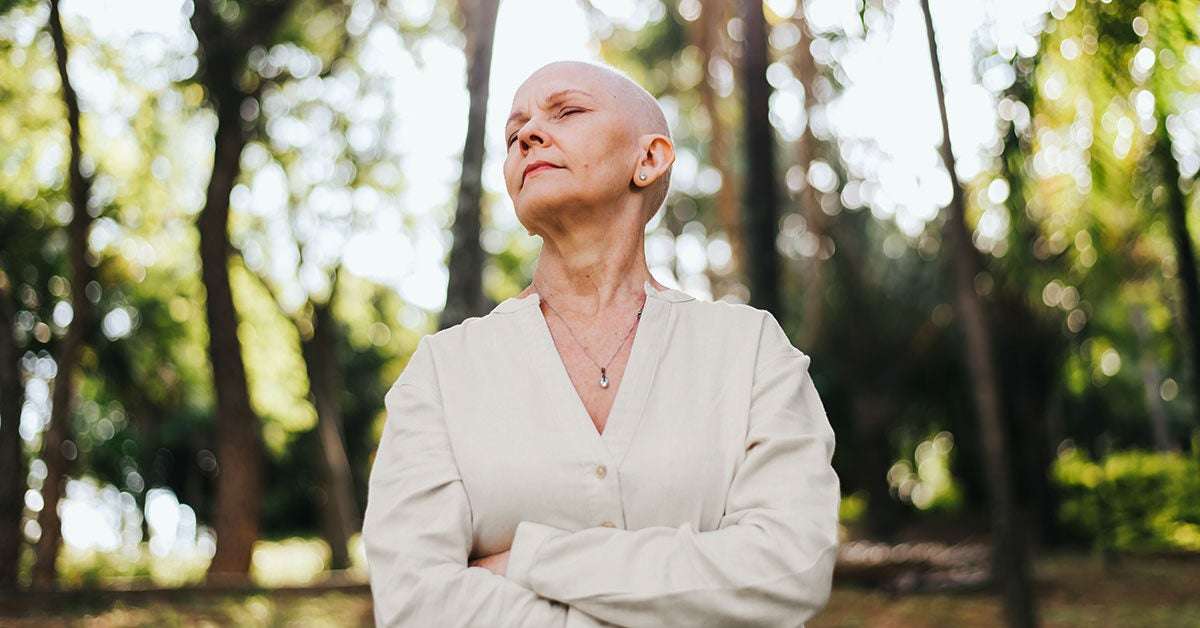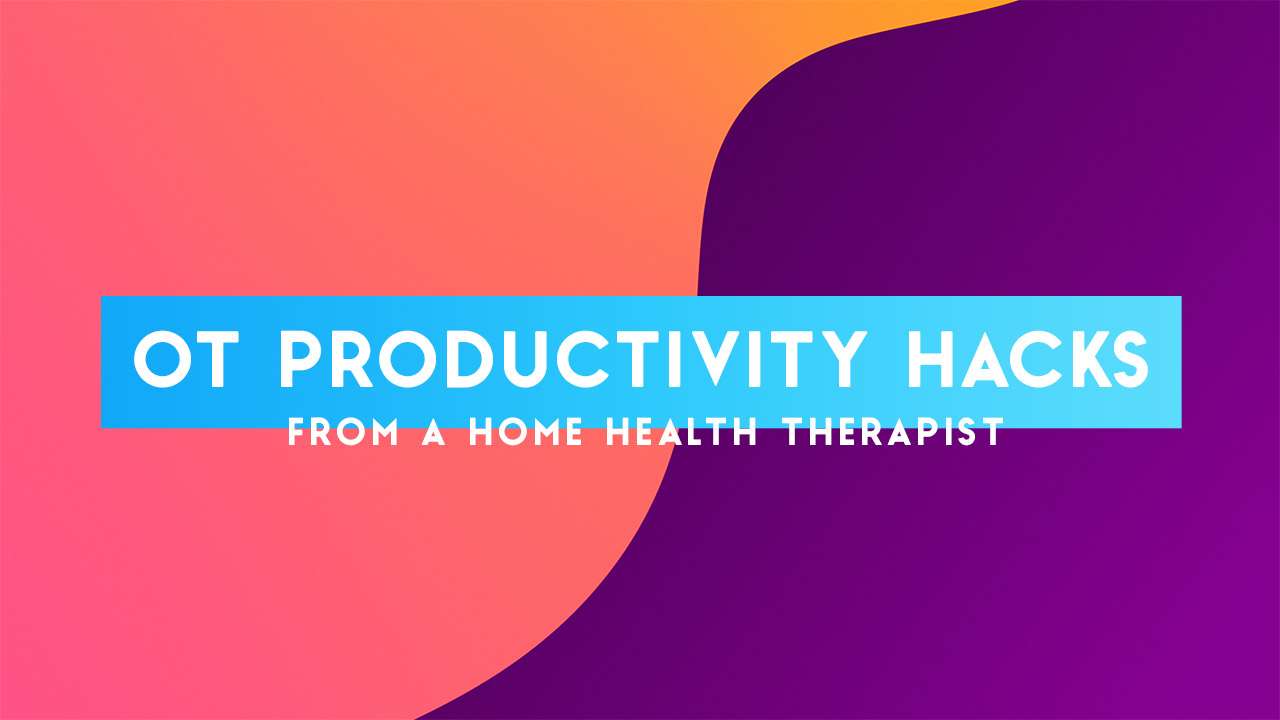
by Jeffrey R. Carlson, MD
 Exercise is the best thing you can do for your physical and emotional well-being, bar none. Every day, I see folks who “ride the couch” for 6 hours a day who complain of pain and stiffness in their backs. When these folks decide to start exercising, often times that back pain goes away and they start feeling better physically and mentally. Yoga is often suggested to build strength and flexibility, because anyone can do it, no matter their age. It is one of the most recommended forms of exercise on the planet, especially for those who have arthritis or other musculoskeletal conditions. So, what happens when doing yoga causes back pain?
Exercise is the best thing you can do for your physical and emotional well-being, bar none. Every day, I see folks who “ride the couch” for 6 hours a day who complain of pain and stiffness in their backs. When these folks decide to start exercising, often times that back pain goes away and they start feeling better physically and mentally. Yoga is often suggested to build strength and flexibility, because anyone can do it, no matter their age. It is one of the most recommended forms of exercise on the planet, especially for those who have arthritis or other musculoskeletal conditions. So, what happens when doing yoga causes back pain?
You might be surprised to hear this, but a 2014 study found that back pain is the most often reported medical complaint among those who practice yoga. Why? There are several reasons:
1) Yoga (or any exercise) can cause tiny micro-tears in your muscles which will cause soreness, particularly if you are out of condition. Overdoing it and overstretching are the main culprits.
2) While yoga is recommended for those who want gentle, effective exercise, it can often bring to light an existing neck or back problem. People who have undiagnosed spinal issues may see an increase in pain because of the intense stretching involved.
3) Rounding the back or using bad form during postures, such as cobra or upward dog, can cause pain. Forward bending poses, such as downward dog, can also cause pain.
The Fix:
Use ice, Aleve or ibuprofen, heating pad or a hot bath/shower to alleviate soreness for 24-48 hours. This is common after many types of exercise, but the body needs a period of rest to heal and regenerate. If you do not feel better after a few days, see a physician, especially if you feel numbness, tingling or weakness in your limbs.
Let your body guide you. You should feel a gentle stretch, not a hard strain during the poses. Take a class with a certified instructor to make sure you are using correct form. Ask your instructor for beginner versions of the poses done in class while you build strength and flexibility. Certain poses help to build strength in the back and core, such as bridge pose, side plank and plank. The knee hug helps to release tension in the back and is even more soothing when a gentle rocking motion from side-to-side is added. Keep with it!
Finally, if you are doing all of the above and are still having pain, you should consult a fellowship-trained orthopaedic spine specialist who can determine if you have a spine-related issue that is causing the pain, instead of simple muscle soreness commonly felt after exercise.
Dr. Jeffrey Carlson is available for consultation and appointments.
But this doesn’t mean that yoga, if performed incorrectly, can’t also cause harm. Let’s dive into the most common yoga injuries and how we can prevent them.
To get the lowdown on common yoga injuries and specific tips for addressing them, we spoke to yoga instructors Steven Cheng of Simha Yoga Lab in Jersey City, New Jersey, and Julie Skaarup of Sol Yoga in Frederick, Maryland, as well as Jeni Livingston, a personal trainer and yoga instructor in New York.
As with any physical activity, the safest approach to yoga is to learn how to practice the poses correctly and stay in tune with your body to avoid overdoing it.
The truth is, injuries can happen any time, in any sport, or even while walking down the sidewalk — but scary injuries are rare. Most yoga injuries develop gradually over years of consistent overstretching and misalignment.
While most yoga injuries aren’t severe and go unreported, more serious issues can occur , including strains and sprains, fractures, and dislocations.
1. Wrists
When it comes to your wrists, it’s all about leverage. Placing all your weight in your wrists when your hands are on the mat can lead to muscle and joint injuries.
How to find relief
In any pose where weight is placed on your hands, distribute your body’s weight through both hands by spreading them wide and pressing through your fingers.
In Downward-Facing Dog (Adho Muka Svanasana), push your hips back to decrease the angle of your wrists to the floor. In arm balances, such as Crow Pose (Bakasana), look to see that your elbows are stacked directly over your wrists, Cheng says.
2. Elbows
Pain in your elbows can result from bending them out to the sides in poses like Low Plank (Chaturanga Dandasana). While it may be easier to execute, lowering down with outward-pointing elbows can put stress on both your elbows and your wrists.
How to find relief
When bending your elbows in a pose (particularly Plank or Chaturanga), keep them tucked alongside your ribs as you bend them. Also, make sure your elbows’ creases face forward, Cheng says.
If this is difficult (yes, it’s a serious test of triceps strength), start with your knees on the floor. Remember, you can always work up to the unmodified version through regular practice.
3. Shoulders
Beware the shrug. By raising your shoulders up toward your ears (like when moving into Upward-Facing Dog, aka Urdhva Mukha Shvanasana), you stop using the supporting muscles in your arms, shoulders, and neck.
Shrugging also compresses your shoulders, which can cause muscle injuries, Cheng says. Even worse: It’s easy to injure your shoulder girdle or rotator cuff (and even dislocate the joint) by overextending or overstretching.
How to find relief
Let go. Be careful not to pull too hard on your shoulders in stretches, and always keep them held back and down away from your ears, Livingston says.
4. Ribs
Twists are awesome for releasing tension, but if done improperly they can overextend or bruise the intercostal muscles (the muscles in between your ribs).
How to find relief
Lengthen upward through your spine before twisting. Imagine that someone has a string attached to the crown of your head and is very gently pulling you up toward the ceiling. Twist to the point of feeling a stretch but not past it, even if you’re flexible, Cheng says.
5. Lower back
Lower back pain is a frequently cited yoga injury, and teachers speculate that it’s likely the result of rounding through the spine in poses like Forward Fold (Uttanasana) and Downward-Facing Dog.
Rounding causes your spine to flex the opposite way than it’s supposed to, Livingston says, which can cause disc problems in addition to that achy feeling post-class.
How to find relief
Before hinging at the hips and bending down, imagine lengthening your spine up and away from your hips. This will help you avoid rounding in your spine.
If you’re still struggling to stay on the straight and narrow, try bending your knees in poses like Forward Fold and Downward-Facing Dog, Livingston says, since the culprit could be tight hamstrings.
During Seated Forward Fold (Paschimottanasana), try sitting on a blanket or block to take pressure off your lower back. This will also help you hinge forward even more.
6. Hamstrings
Spend most days sitting in front of a computer, in class, or in a car? Guilty as charged. As a result, many of us have tight hamstrings, so it’s easy to pull or overstretch them in poses like Forward Bend, Cheng says.
How to find relief
Downward-Facing Dog, Warrior I (Virabhadrasana I), and Crescent Lunge (Anjaneyasana) are great ways to stretch out your hamstrings. Just remember to go slowly and work at your own pace.
If you have any kind of hamstring injury, try laying off poses that extend through the back of your body until the injury heals.
7. Hips
It’s easy to overextend the range of motion in your hips in Split (Hanumanasana), Warrior II (Virabhadrasana II), and Wide-Legged Forward Fold (Prasarita Padottasana), Cheng says, which might tear the muscles of your inner groin or inner thighs.
How to find relief
A good general rule is to make sure your toes are pointed forward in any pose where your hips are squared off in the same direction (think: Warrior I).
Imagine there are headlights attached to the front of your hips and you’re trying to keep the area straight ahead of you illuminated at all times.
8. Knee
Knee issues can plague even experienced yogis well after class. A common culprit of pain is the cross-legged position, Livingston says. Flexibility carries from your hips first — if your hips are tight in the pose, your knees will be the first place to feel pain or tension.
How to find relief
If you’re regularly bothered by knee pain, avoid sitting in cross-legged position or Full Lotus (Padmasana) for long periods unless your hips are already very flexible, Livingston says. Placing a block or rolled-up blanket under your knees in cross-legged positions can also help reduce strain.
For low lunges, place a blanket under your knees. Any time your knee is bent in a standing pose (such as in Warrior I and Warrior II), look to see that there’s a vertical line from your bent knee to your heel, Cheng says. This ensures that your body is bearing weight properly.
9. Neck
Headstand (Sirsasana) and Shoulder Stand (Sarvangasana) can be the worst culprits for neck pain and injury, says Skaarup.
Repeatedly and incorrectly placing pressure on your neck leads to compression and puts pressure on your cervical vertebrae. This can result in joint issues and, in some cases, loss of neck flexion.
How to find relief
For starters, always arrive with a beginner’s mind. When you see others doing cool upside-down postures, it can be tempting to give them a shot well before you’re ready. If you’re newer to yoga, master the modifications and build up your core and shoulder strength before trying these poses.
If you already have chronic neck or shoulder issues, it might be best to avoid full inversions altogether, Cheng says. If you really want to advance your practice, attempt them only with close supervision and using props that elevate your neck away from the floor.
If you already practice the pose without props, make sure your shoulder blades are drawn down and back so they’re safely supporting your body. Most importantly, never jerk your head once you’re up in the pose, Skaarup says, because it can destabilize your body, possibly causing a fall.



